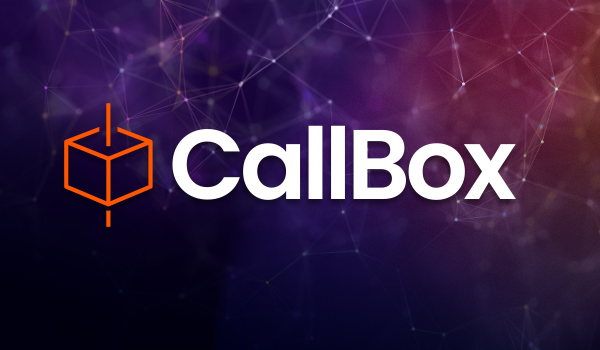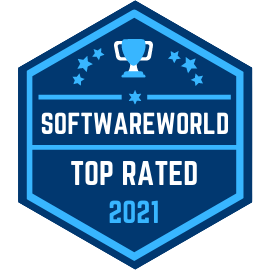You’ve modernized your reporting tools. You’ve invested in cloud storage. You’ve connected systems, standardized dashboards, and maybe even experimented with AI. And yet, your teams still run into the same challenges: delayed insights, fragmented data, and inconsistent reporting.
The issue isn’t a lack of technology. It’s that too much of it is working in isolation.
Microsoft Fabric is a response to this growing complexity. It brings data engineering, business intelligence, governance, and AI into one unified platform. But the real question isn’t what Fabric does—it’s why it matters to your business.
This article explores how to make the business case for Microsoft Fabric, not by focusing solely on features, but by showing how it enables faster decisions, leaner operations, and a more scalable data strategy.
The Challenge: Fragmentation Slows Down Progress
Most data ecosystems weren’t designed—they evolved. Over time, organizations added tools to meet emerging needs: a warehouse for storing structured data, a separate pipeline for transformation, multiple BI tools for different departments, and bolt-on governance solutions to keep up with compliance.
As a result, this fragmented setup often leads to overlapping functionality, redundant storage, inconsistent access policies, and reporting delays. Teams spend valuable time reconciling numbers across systems instead of analyzing trends or acting on insights.
According to Forrester, data teams spend up to 70% of their time preparing data, not analyzing it. That’s a major inefficiency—and it has a ripple effect across the organization.
Microsoft Fabric simplifies this landscape. It provides a single platform with a common data foundation, unified security, and native integration across analytics and AI services. Instead of connecting multiple systems, teams work from a shared source of truth.
Why Microsoft Fabric Is Different
Fabric isn’t just a new data tool—it’s a new architecture. Built on OneLake, a centralized data lake, Fabric eliminates the need for duplicate storage and enables live data access across services like Power BI, Copilot, Power Automate, Lakehouse, Synapse, and Data Factory.
By consolidating tools under one platform, Fabric:
- Reduces technical debt by removing redundant systems
- Increases data reliability by establishing consistent governance
- Improves access by making data available where users already work
- Shortens the time between question and insight
It’s designed for teams who need more than dashboards. It’s built for organizations that want to embed data into day-to-day decision-making.
Proven ROI and Business Impact
The business case for Fabric is supported by concrete data. Forrester’s Total Economic Impact study reveals a considerable ROI of 379% for organizations that deployed Fabric, with a net present value (NPV) of $9.79 million. Additionally, 70% of the Fortune 500 have already adopted Microsoft Fabric, demonstrating widespread enterprise confidence in the platform.
Real-world examples show measurable impact:
- Consolidation of data tools led to $779k in infrastructure costs.
- Time-to-insight decreases from weeks to days for complex analytics as real-time analytics enables quicker, data-driven actions.
- Companies saw a 25% increase in data engineering productivity due to the unified architecture reducing their time spent on integration and debugging.
- Self-service analytics adoption increases by 3-4x within the first year.
Making the Business Case: Key Considerations
When presenting Fabric to stakeholders, the conversation should shift from technical capabilities to measurable business outcomes. To help guide you, here are four areas to emphasize:
Faster, More Confident Decision-Making
With data centralized and updated in real time, teams no longer need to wait for overnight refreshes or request access from IT. Instead, business users can explore data directly in tools like Excel or Power BI with built-in governance controls to ensure consistency.
The result is faster decision-making, better cross-functional alignment, and fewer delays in getting insights to the people who need them.
Reduced Total Cost of Ownership
Fabric streamlines your data infrastructure. Instead of managing multiple tools and vendors, organizations can consolidate licensing and reduce infrastructure overhead.
More importantly, Fabric reduces the operational burden on data teams. Less time spent maintaining pipelines, resolving errors, or supporting ad hoc reporting means more time for strategic work.
AI and Automation Enablement
Fabric is built for a future where data and AI go hand in hand. With native support for Microsoft’s Copilot and integration across Azure AI services, organizations can move beyond experimentation and start embedding intelligence into everyday workflows.
This includes everything from natural language data exploration to machine learning-driven forecasting—without the need to build custom infrastructure.
Scalability and Governance
As organizations grow, so does their data complexity. Fabric scales with your business, supporting structured and unstructured data, cross-cloud environments, and global security standards.
With Microsoft Purview integration, governance is automated and enforced across the data lifecycle. This reduces risk and ensures that as your business evolves, your data strategy keeps pace.
Tailoring the Case to Stakeholders
A successful Fabric implementation requires alignment across departments. The way you frame the business case should reflect the priorities of each audience:
- Executives want to understand how Fabric enables innovation, supports digital transformation, and improves strategic agility.
- Finance leaders will look for cost consolidation, reduced overhead, and clear ROI.
- IT and data teams will value simplified architecture, governance, and reduced tool sprawl.
- Business teams will care about faster access to reliable insights, fewer bottlenecks, and more autonomy.
Each of these perspectives supports the broader value proposition: Fabric removes friction from the data process and replaces it with a unified system that works for everyone.
Addressing Common Concerns
Even with a strong business case, stakeholders may have questions about what adoption really looks like. Here’s how Microsoft Fabric addresses the most common concerns:
Migration Complexity
Fabric is designed for gradual adoption. Teams can start with specific workloads—like reporting or data integration—and expand over time. Its architecture supports coexistence with legacy systems, minimizing disruption and reducing migration risk.
Vendor Lock-In
While Fabric is a Microsoft-native solution, it supports open standards (like Parquet, Delta, and Spark) and integrates with a wide range of non-Microsoft tools. This flexibility enables organizations to build on their existing investments without being locked into a single ecosystem.
Implementation Timeline
Most organizations begin seeing value within 3–6 months, especially when starting with high-impact use cases. Full platform benefits—including cost savings, governance improvements, and AI readiness—are typically realized within 12–18 months, depending on scale and complexity.
Next Steps: Building Your Case
Ready to move from interest to action? Here’s how to get started:
- Assess your current data ecosystem
Identify gaps, redundancies, and inefficiencies across your reporting, integration, and infrastructure. - Quantify potential impact
Use frameworks like Forrester’s Total Economic Impact study, alongside your internal metrics, to estimate ROI. - Select a high-impact pilot
Focus on a use case that addresses a known pain point and can deliver visible value quickly. - Engage key stakeholders
Tailor your business case for each audience—executives, IT, finance, and business teams—to ensure alignment and buy-in. - Plan for change management
Drive long-term success with training, adoption support, and data governance strategies.
Want help putting it all into motion?
Explore our Microsoft Fabric Jumpstart. In just four weeks, we help organizations implement Fabric strategically—delivering quick wins while setting the stage for long-term value.
From Data Platform to Business Driver
Microsoft Fabric is more than a technical upgrade—it’s an operational shift. By unifying data capabilities into a single platform, it allows organizations to spend less time managing complexity and more time delivering impact.
For leaders tasked with justifying the investment, the business case is clear:
Fabric enables faster insights, lower costs, scalable growth, and a path to responsible AI adoption.
In a landscape where data is a strategic asset, the ability to harness it—quickly, securely, and at scale—is a business advantage. Microsoft Fabric provides the infrastructure to make that possible.










